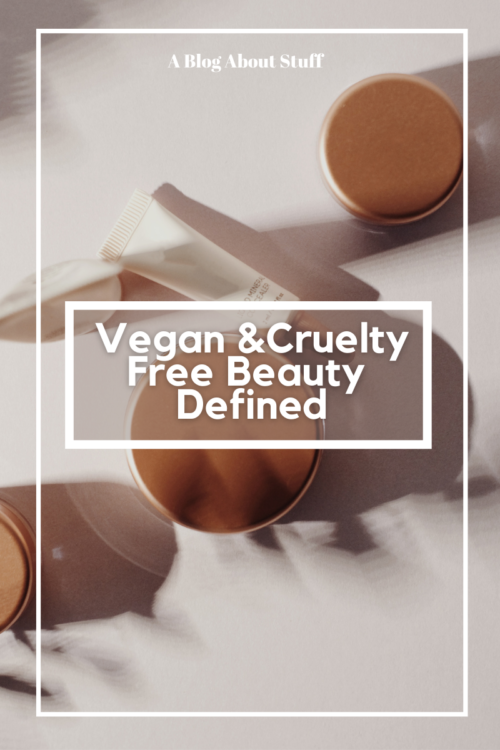
As beauty standards continue to change and grow consumers are beginning to notice more and more certifications and labels. While it is great to see brands jumping on the clean beauty, cruelty free, vegan beauty bandwagons, sometimes it’s not always clear what these symbols on packages actually mean.
So that is why I thought it would be helpful to give a little breakdown on what vegan beauty & cruelty free beauty actually means and how they might affect your purchasing decisions.
Did you know?
A product can be labeled vegan even if it has been tested on animals? Doesn’t that seem rather contradictory? Veganism is about not using or exploiting animals so I’m completely confused that a product that has been tested on animals can be considered vegan in any shape or form.
The loophole?
Somehow companies can label their products as vegan if the product in question does not contain any animal ingredients. I guess in the world of certifications, it doesn’t matter if the products were tested on animals but only matters that is does not contain said animal ingredients.
Still doesn’t make sense to me.

What to look for?
Because of this stupid backwards loophole, conscious consumers should be aware of two important logos; not only should they look out for the certified vegan logos but they should also check for the cruelty free logo.
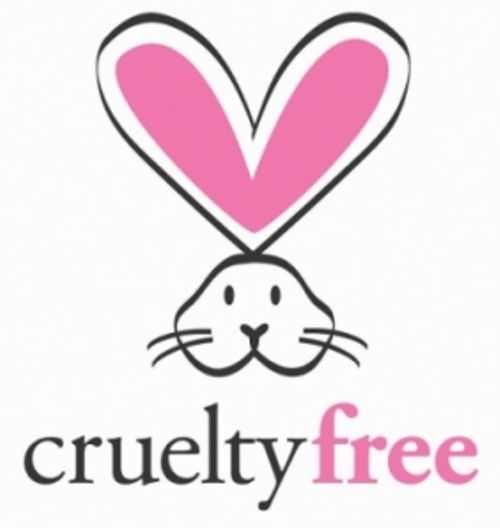
That is really the only way to ensure that a vegan labeled product truly is vegan. If a product is being tested on animals it therefore cannot be considered vegan in my books. So be sure to shop for items with both logos.
So what does cruelty free mean then?
Basically cruelty free means that the products were not tested on animals and that’s it. Cruelty free items can however, contain animal derived ingredients. Therefore, not all cruelty free products can be considered vegan.
Think of products like Burt’s Bees or ingredients like goat’s milk or lanolin, etc. Items containing these ingredients can strangely be labeled as cruelty free even though the act of acquiring these ingredients are not in fact cruelty free.

My opinion?
I’d like to know who in the hell passed these certifications definitions and standards? I cannot for the life of me understand how something labeled cruelty free simply means that it was not tested on animals (therefore it’s cruelty free) but can however contain animal ingredients (which therefore negates said items from being cruelty free).
And secondly, I cannot comprehend how something labeled vegan (vegan = no animal exploitation) can go through the process of animal testing?
Like does this make sense to you because I just can’t?
Some vegan beauty & cruelty free brands to support:
- Aether Beauty
- Juice Beauty
- KVD Vegan Beauty
- Cover Fx
- ELF Cosmetics
- Emani
- Pacifica
- Lime Crime
- Milk Makeup
- Ofra
- Thrive Causemetics
- Juvia’s Place (minus 1 eye shadow palette)
- Mented
There are so many other vegan beauty and cruelty free makeup & skincare brands out there. I always do google searches before purchasing new products that I’m unfamiliar with.
You can also use databases like Ethical Elephant & Logical Harmony to find vegan beauty & cruelty free brands. These sites have spent many years curating these lists and their knowledge is endless.
Non vegan beauty ingredients to look out for:
- Carmine (crushed insects)
- Beeswax
- Lanolin (sheep’s wool)
- Keratin (hair, nails, horns, & hooves of animals)
- Shellac (female lac bug)
- Collagen (animal tissue, bones, & skin)
- Glycerin (can be vegetable but mostly from animal fats)
- Casein (cow’s milk)
- Squalene (shark liver oil – can be vegetable)
- Guanine (fish scales)
- Oleic Acid (animal fat)
- Stearic Acid (pig’s stomach) – Elastin (animal muscles, aortas, ligaments)
Planning your next getaway for when Covid is finally over? Checkout my latest article on my Vegan Travel series in Amsterdam.
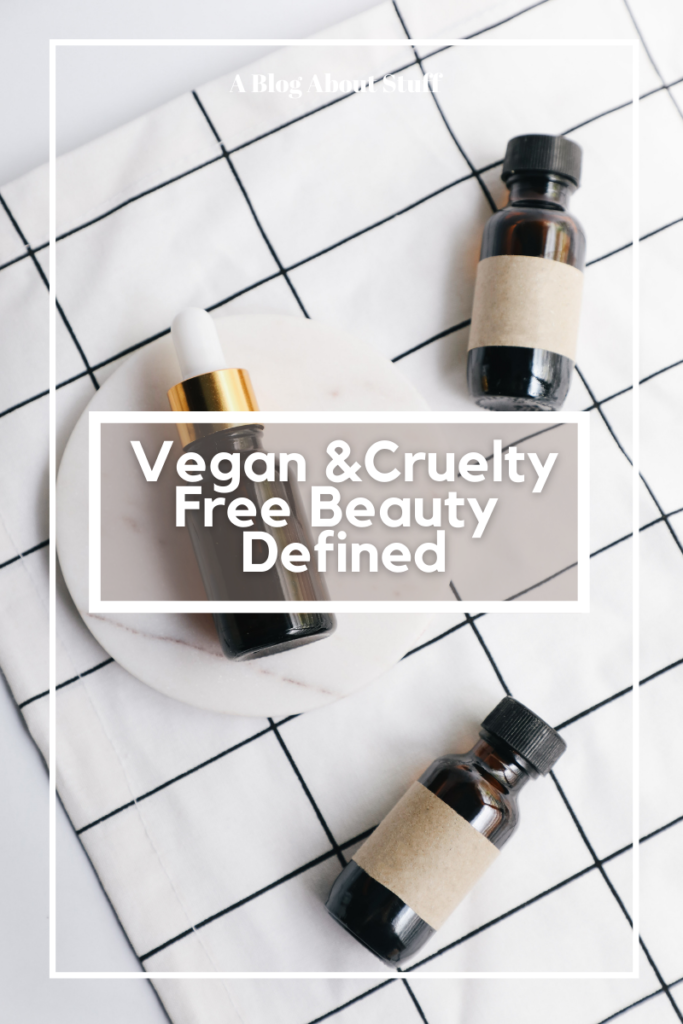
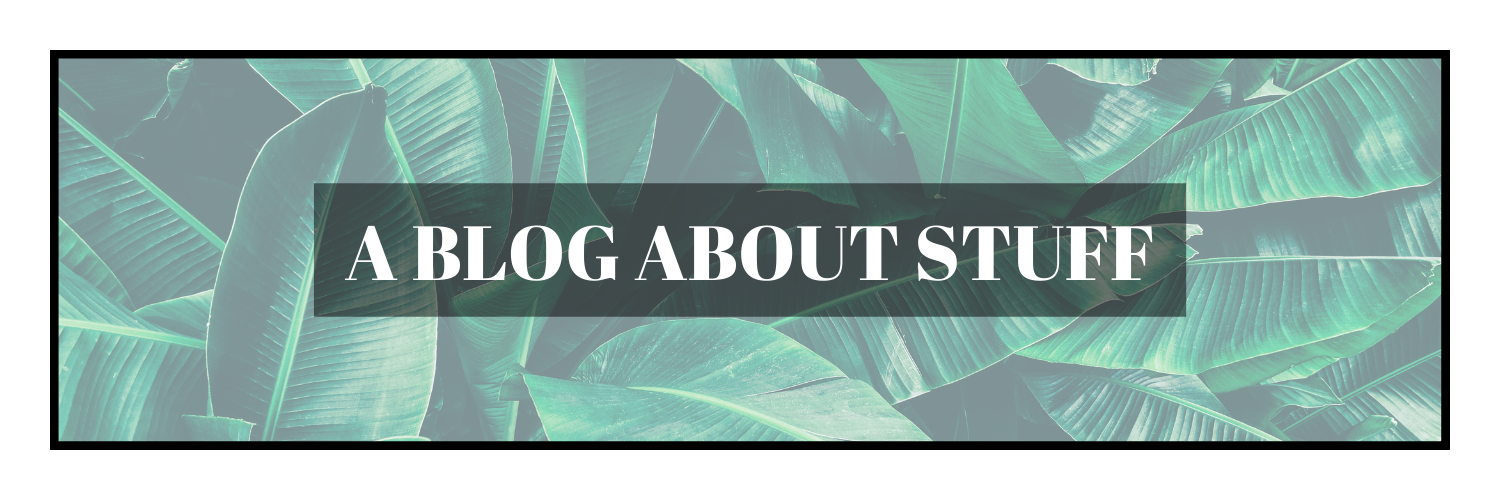
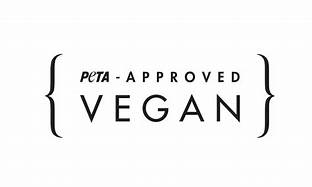
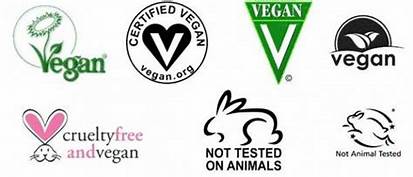

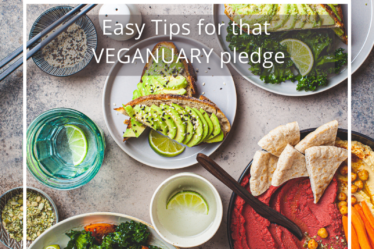
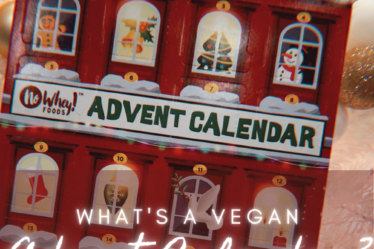
Thank you for this clarification! There are so many sneaky labels nowadays.
Wow – this was really interesting. I figured I had it basically figured out, but I never really registered that loophole. Great info! Thank you for the post.
They’re sneaky right? I’ve been on some beauty sites and see that they’re marketing the product as vegan and yet I know those brands to test on animals. It can be quite deceiving.
I fully agree with you, this is so confusing!! Not for us as seasoned vegans, I guess, but I think new vegans might assume cruelty-free means vegan or vice versa. I hope labeling will improve in the future to make this easier to understand.
Totally! A new vegan or someone who’s trying to make more eco friendly/animal friendly choices might be confused and not have any idea what these labels actually mean. Clarification is definitely needed.
Thanks for the insight. I had no idea of this practices so from now on would try to keep it on mind!
Interesting info!
This is so needed. People think cruelty free is vegan. But no you need cruelty free and vegan on products. We are the only ones who can help the animals. And we need to research to help them. Thank u for your article <3
100% Companies aren’t going to change unless we demand these changes and the only way to do so is by voting with our money.
Good to know what all the labels mean – I try my best to select items like this as much as possible!
Aw I love hearing that, thank you <3
Great post! Important to check those labels!
So important.
Interesting thoughts! I never thought about it before!
A lot of people don’t and then the vicious cycle of animal abuse continuos sadly 🙁
I didn’t know so much about vegan beauty. thanks for sharing this.
My pleasure, happy to spread the info.
While i don’t use makeup myself being a man, I will pass this information along to my wife, who will gladly use it to keep animals safe and herself looking fabulous.
haha lot’s of men wear makeup nowadays and it can even go into your skincare, chapstick, sunscreens etc. It’s not limited to makeup per say.
I am very particular about the beauty products that I purchase, so this blog post was definitely helpful! I happily use Pacifica brand for allergy purposes, so this makes me feel even better about my make up choice! Great info!
Pacifica is so great and their skincare is getting really cool and innovative.
I was just reading about B-corps certification yesterday too, and I agree that it is a lot to take in and understand the potential loopholes. A lot of companies and products may seem like a good choice upfront, but once you start digging into it you quickly learn the sad truth.
Right?! It goes far beyond vegan and cruelty free. The stuff that gets passed as safe to consume is even more baffling.
I shifted mostly to vegan beauty products that are cruelty free. Also love to read ingredients and labels so shopping takes time. Thanks for this information
Love hearing this! Thank you for being a conscious shopper.
Honestly, Thrive and ELF are my faves anyway. They’re just better products. Thanks for clarifying this… I didn’t know this about the labels.
Thrive is so great! And Elf is such an awesome affordable makeup company. I love how accessible they are too.
This is great information. I had no idea there were so many different labels and how they are defined. You really have to be diligent to find vegan products that meet your wants and needs.
totally! times have changed and it’s easier now to tell but you still have to do your homework a bit before purchasing.
If I’m being honest I’ve been afraid to look into this because I knew once I learned more I’d have to act on that knowledge. Thank you. I agree that it is backward that companies can test on animals and stull have a vegan seal.
I know the feeling, ignorance can be bliss until you realize that it’s just not. <3
Unfortunately labeling in this country leaves a LOT to be desired. I feel the same with food labels. We have to be our own experts in deciphering the code.
Definitely! We can’t truly believe everything we see/hear. Gotta do our own research.
Thanks for clarifying this.
This was eye opening. Thanks for sharing!
I don’t understand how the definitions can be isolated in that way. It sounds to me like they were created specifically to allow loopholes. Sigh. Thank you for such an eye-opening and informative read!
Right?! it’s so strange that it doesn’t make logical sense.
Very helpful!!! I woudl have assumed cruelty free was vegan. Thanks for educating!
Or that vegan was cruelty free! My pleasure <3
I find your blog very educational. You make me think about things I never think about. Thank you for raising your voice. It is very important.
Aw thank you so much! Such a sweet thing to hear and I’m so happy you’re finding it helpful <3
Who knew. Sounds like a political consideration.
I had no idea that there were special certifications for vegan beauty products.
Oh ya, definitely makes it easier when shopping.
This is great! I was so confused when we first went vegan. And there have been many times when I’ve made a cruelty free purchase that wasn’t vegan and vice versa by mistake. Now, I look for both or read the label as best I can (we’re still learning so we do our best!). It’s especially challenging with beauty products. Food is so much easier lol. I hadn’t seen the Ethical Elephant before. What a fantastic resource! I’ve tried some of Pacifica’s stuff and it’s OK. I’m finding hair color and products especially challenging! (As is my stylist lol!)
It’s a process and it’s not always possible to know if what you’re purchasing is truly vegan and cruelty free but the idea is to always do our best right? I’m curious what you’ve tried from Pacifica haha. Ethical Elephant & Logical Harmony make shopping sooooo much easier. Really awesome resources.
There are so many vegan colouring lines but I know they’re not always accessible to salons. It’s funny that there are so many options for funky hair colour but less for natural hair colours haha.
Very interesting information. Thought provoking!
Very interesting how all these loopholes exist. Just goes to show… you need to research things for yourself just to be sure!
Yup! Double and triple check haha.
WOW! This is crazy. I never knew some of this info. Thank you so much for sharing & your recommendations!
My pleasure! It’s such an easy thing to not know.
Very informative and useful information. Thank you for sharing.
Thanks for this post. It was really informative and good to know which brands to use!
Thanks for defining this! It’s crazy that they can label something vegan when it truly isn’t
You’re absolutely right about calling something vegan if it was a product tested on animals. Makes zero sense!
Right?! Like how?
It totally doesn’t make sense. That would be really confusing and frustrating when trying to buy those items!
Exactly, especially when you think you’re doing the “right” thing.
Great article regarding vegan-free and animal cruelty-free beauty products. Thanks for the clarity. I now know how to best select my beauty products. Like you, I will also google before purchasing. Thanks for sharing.
Okay, that was so interesting! I never would a have thought there was so many loopholes in Vegan Makeups. definitely glad to be aware of this. Thank you!
Labels have gotten so confusing with brands trying to trick us. Makes shopping so much harder!
That’s the sad part, why are you tricking us?